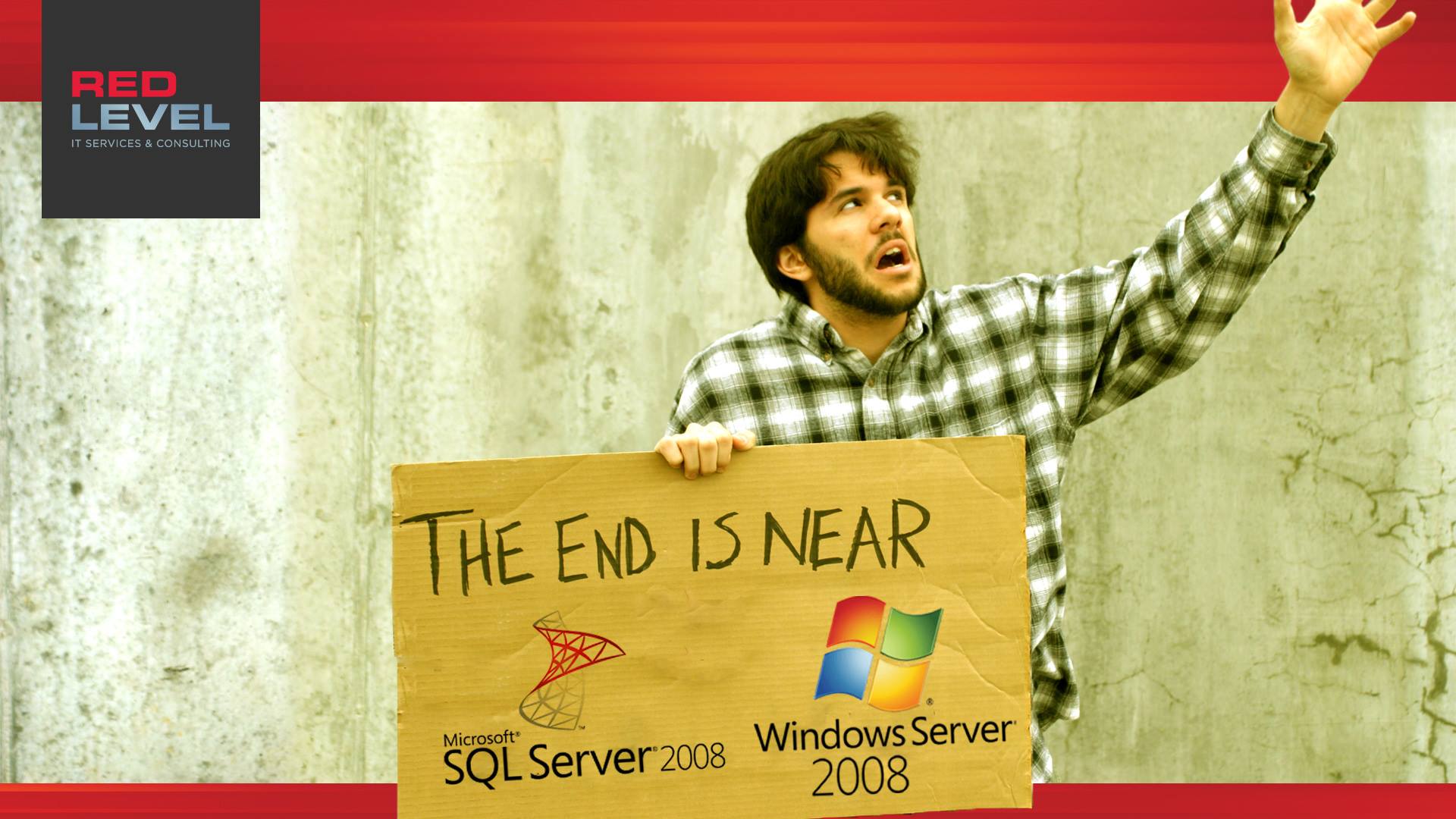What could July 9, 2019 mean to you? What about January 14th, 2020? End of support if you are using SQL or Windows 2008. That means Microsoft is no longer going to provide automatic fixes, updates, hotfixes or online technical support for any SQL or Windows 2008 servers, including R2. As a business, you want to upgrade or migrate to a newer version of these servers to ensure your servers are up to date and protected.
To prepare your business for a seamless and smooth transition, whether you are planning on migrating or upgrading the servers, consider taking these actions:
For SQL server –
- You want to start the process by identifying what’s out on your SQL server and move things off.
- It may be as simple as creating a new SQL server; detaching the database, copying the database and files, re-attaching and changing the SQL collation. Then go to your app server and update your database connections.
- If you are using custom programs, edit your connection strings to reflect the change.
- SQL can get really complicated if you are using the data warehouse. It is likely that you’ll have timer jobs running that refreshes data constantly. You may also have applications installed side by side with the SQL server.
- There are more variables in the SQL server. From what we have seen, the migration process can be messy due to the variables.
For Windows server-
- Take inventory of your current environment
- Use PowerShell and connect it to your Active Directory to identify your operating systems
- Leverage free third party software, ie Spiceworks or Lansweeper to identify all your 2008/R2 servers.
- Start making transition plans once you’ve identified the impacts of various servers and software in your environment
- the low impact software, you can probably just build a new server, re-install the software and it should be up and running.
- Others are going to be a lot more impactful, such as file servers where you have all those NTFS permissions and shares. You will need tools or scripts to keep those permissions and shares in places.
- You may run into the scenario that your users are using Excel or Word documents and they are hyperlinking to other documents in the share. Those hyperlinks will break after you change your server name. To remedy the broken links, LinkTek will be a handy tool to help the file server migration. It searches within the file server for those hyperlinks that reference files in the file server.
The bottom line is that you need to prepare for these server migrations and upgrades to avoid disruption in your technology environment when it’s time to end all the supports. It is always recommended to reach out to professionals, like Red Level to guide you through each step for a painless and smooth transition.
For more information about gaining a competitive advantage with digital transformation, contact Red Level today.
Related Posts
You’ve probably heard about SQL Server 2008, Windows Server 2008 ...
There's been tons of buzz the last few years' about ...
Security matters – we all understand that. No matter how ...





